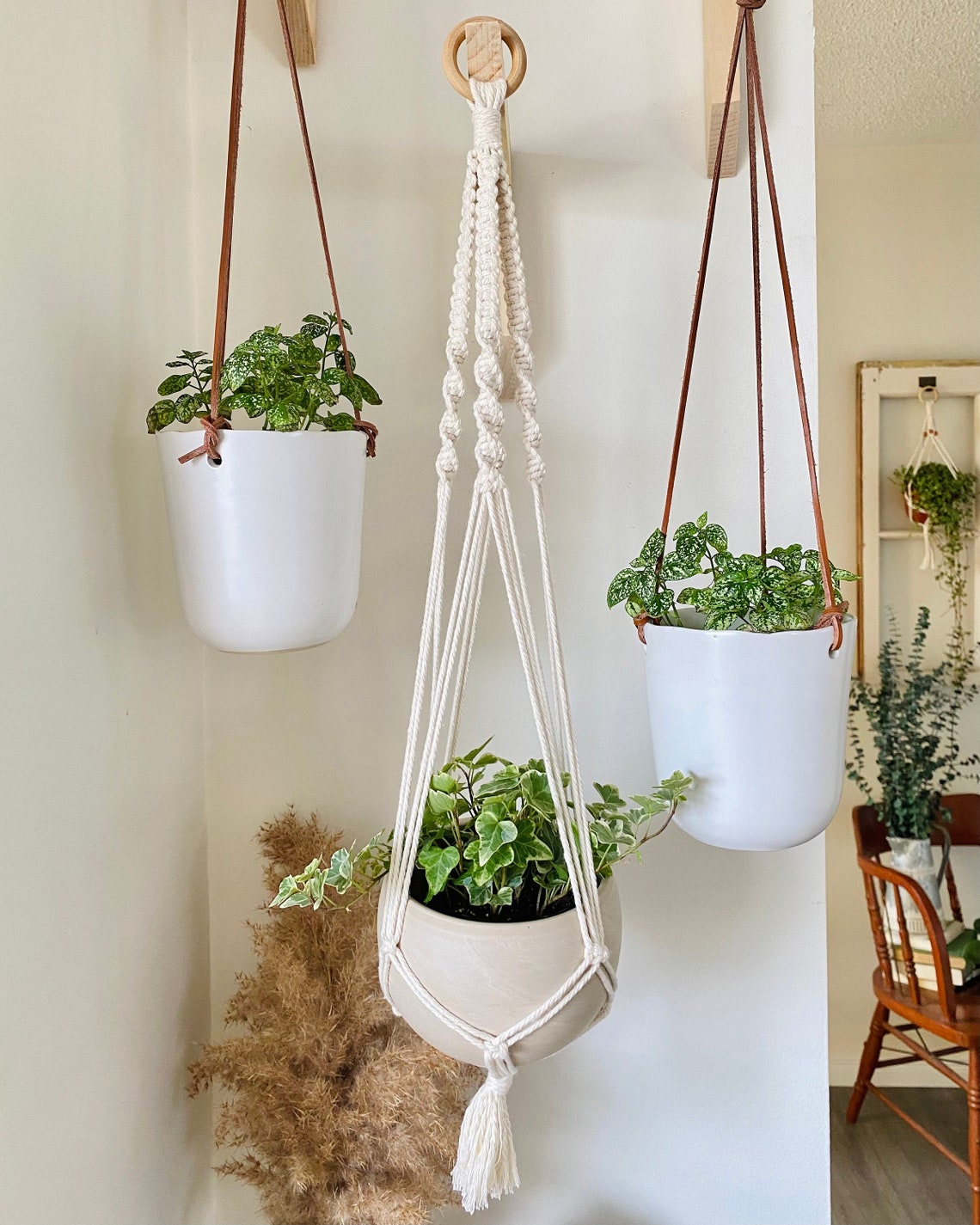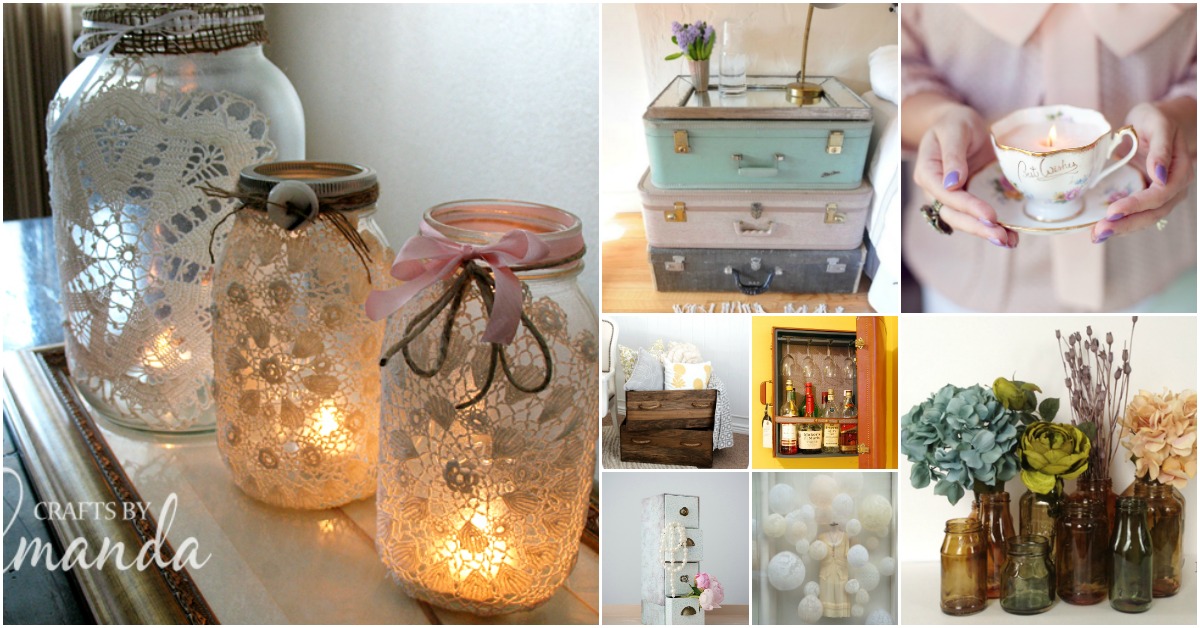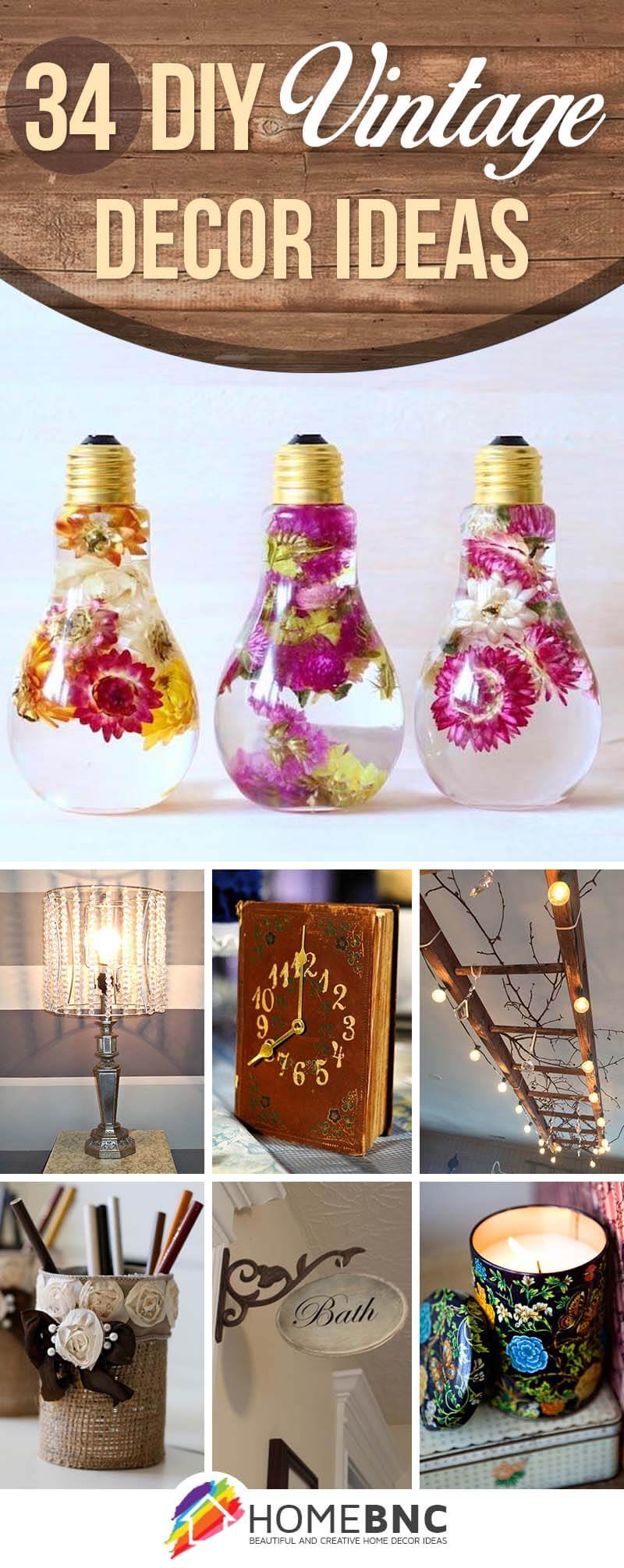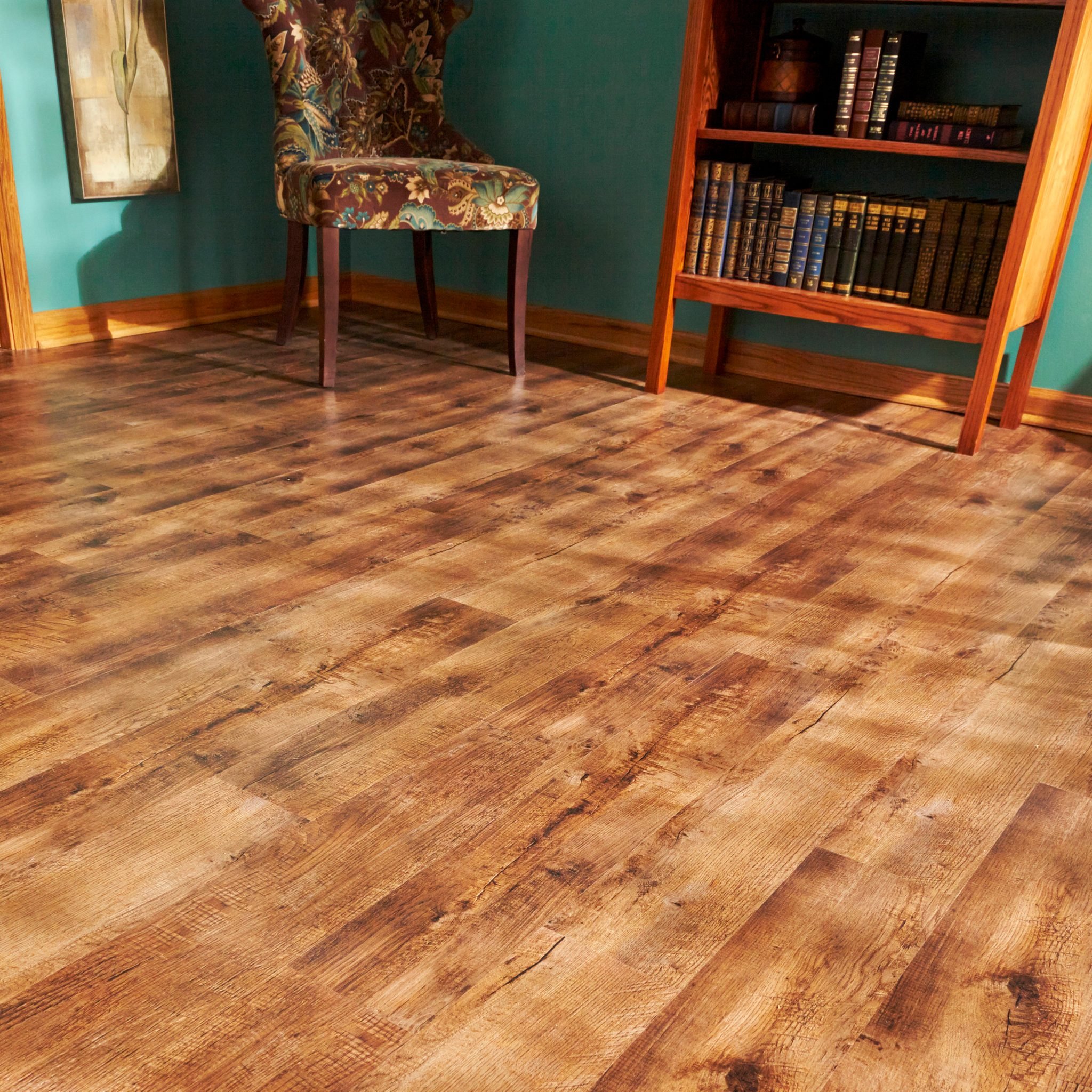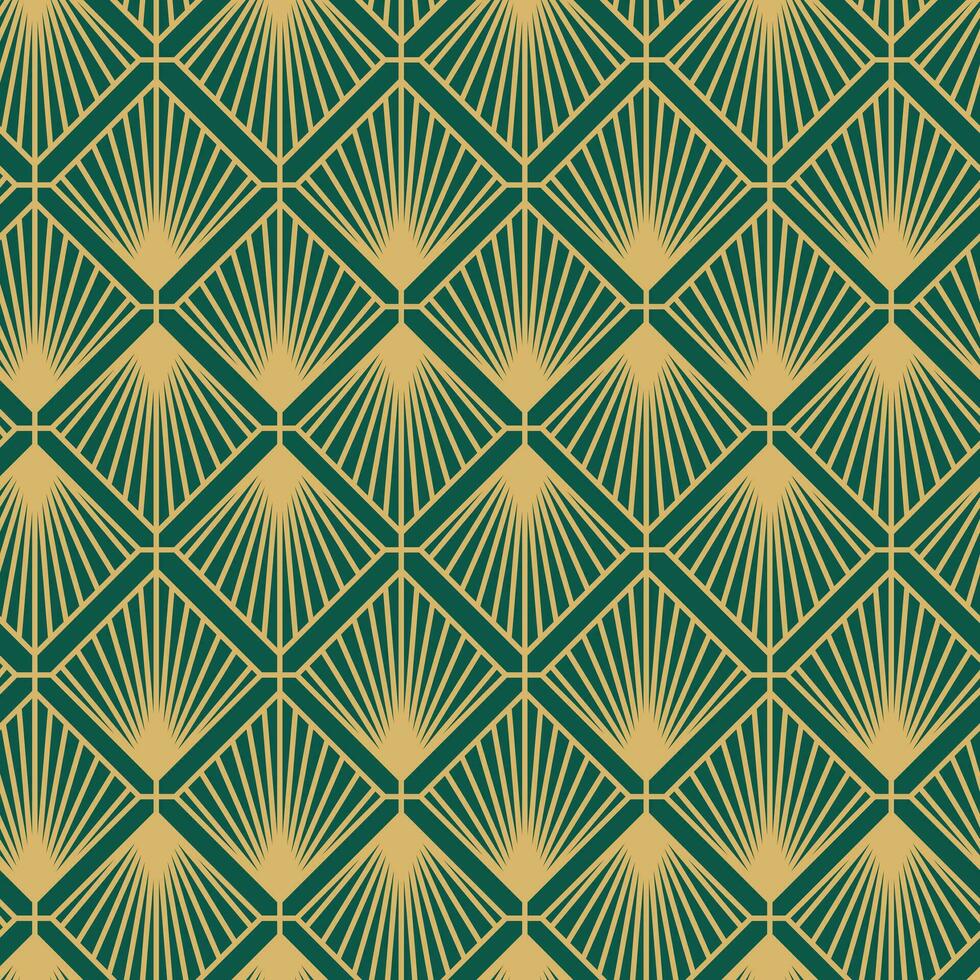Discover Pandipedia
Pandipedia is the world's first encyclopaedia of machine generated content approved by humans. You can contribute by simply searching and clicking/tapping on "Add To Pandipedia" in the answer you like. Learn More
Expand the world's knowledge as you search and help others. Go you!
Let's look at alternatives:
- Modify the query.
- Start a new thread.
- Remove sources (if manually added).
- Request a manual search from our human research team.
The mummification of Cleopatra VII, the last Pharaoh of Egypt, has been a subject of considerable historical intrigue. Based on a detailed analysis of various sources, this report examines the available evidence to determine whether Cleopatra was indeed mummified.
Historical Accounts and Evidence
Mummification Practices and Cleopatra's Burial
According to historical texts, notably those of Plutarch and other ancient writers, after Cleopatra and Mark Antony's defeat by Octavian, they were allowed to be buried together. These sources suggest that Cleopatra's burial followed traditional Egyptian royal practices, which typically included mummification[4][8]. This is supported by the narrative that posthumous honors were afforded to her, which would have included mummification and a ceremonious burial[8].
Archaeological Discoveries

Archaeological explorations led by Kathleen Martinez at the Taposiris Magna temple have uncovered significant artifacts, including mummies, coins, and inscriptions related to Cleopatra, suggesting her association with the site. However, definitive evidence linking these mummies to Cleopatra herself remains elusive[1][2][3][5][9]. Martinez's excavations have found clues pointing towards Cleopatra's potential tomb but have yet to definitively prove her mummified remains reside there[3][5].
Contradictory Views
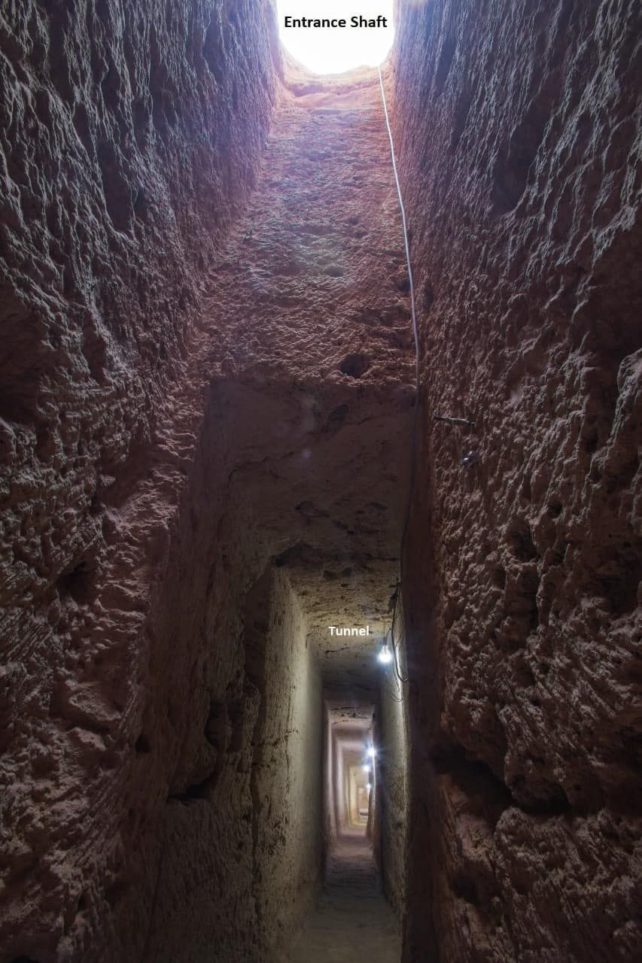
Zahi Hawass, a prominent Egyptologist, has argued against the likelihood of Cleopatra being buried at Taposiris Magna, suggesting instead that her tomb was submerged underwater near Alexandria. This standpoint complicates the determination of whether her remains were mummified since the underwater burial could imply different preservation conditions[4][7].
Mummification Process
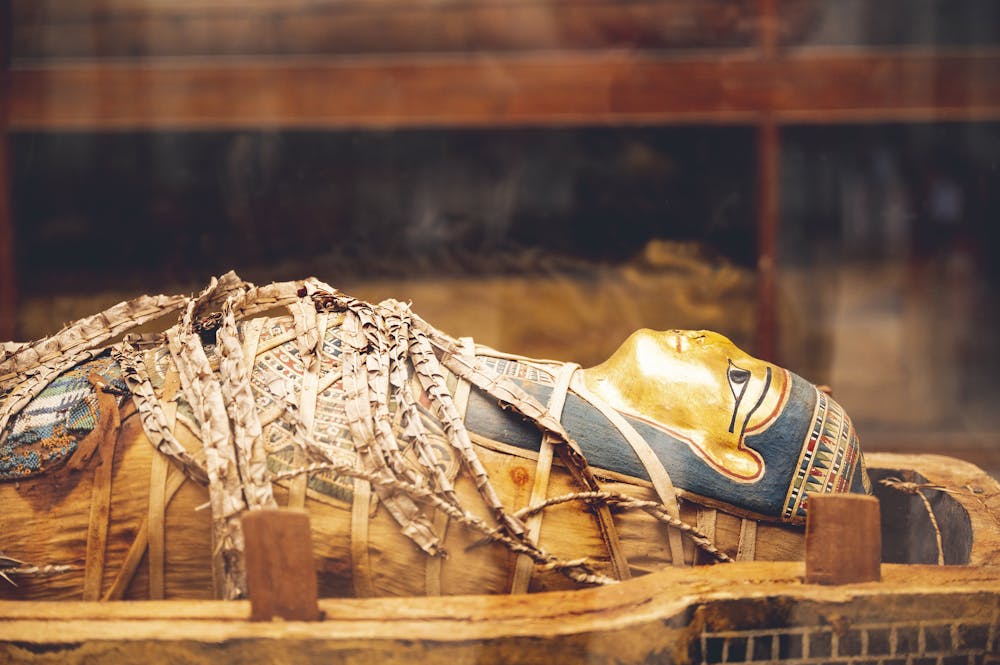
Traditional Egyptian mummification involved the drying of the body using natron salts, removal of internal organs, and wrapping in linen[3]. Given Cleopatra's status, it is likely that she would have undergone such a process. Historical sources generally agree that Cleopatra and Antony were interred in a mausoleum with the anticipated honors, but direct descriptions of her mummification are absent.
Contemporary Findings
Reports of mummified remains in the vicinity of Cleopatra's potential burial site provide indirect evidence. For instance, multiple mummified bodies found in the Taposiris Magna temple might imply burial practices consistent with Cleopatra's era, heightening the plausibility that she was similarly entombed and preserved[3][5][10].
Plutarch's Testimony

Plutarch, writing decades after Cleopatra's death, provides detailed accounts of her final days and suicide, emphasizing her burial alongside Antony in a mausoleum[4][8][10]. Despite the ceremonial context described, Plutarch does not explicitly confirm her mummification within his narrative, leaving some ambiguity.
Conclusion
There is substantial circumstantial evidence to suggest Cleopatra was mummified, drawn from traditional Egyptian royal practices and funerary customs described in historical texts. Despite the absence of direct, unambiguous proof, such as a discovered mummy definitively identified as Cleopatra, the alignment of archaeological findings and historical writings strongly supports the likelihood of her mummification.
The search for Cleopatra's tomb continues, with potential discoveries at Taposiris Magna and submerged sectors of ancient Alexandria providing hope for future confirmation[1][2][4][7][10]. Until then, the consensus based on existing evidence leans towards Cleopatra having been mummified in line with her royal status and the customs of her time.
Let's look at alternatives:
- Modify the query.
- Start a new thread.
- Remove sources (if manually added).
- Request a manual search from our human research team.
Get more accurate answers with Super Search, upload files, personalised discovery feed, save searches and contribute to the PandiPedia.
Aluminum cans
Upcycled materials for creating decorative items like plant pots, showcasing sustainability and creativity[2].
Faux granite effect paint
A cost-effective way to mimic granite on surfaces like furniture, enhancing aesthetic appeal[2].
Luxury vinyl tiles (LVT)
Durable flooring option suitable for DIY installation, mimicking hardwood flooring[3].
Craft kits
Pre-packaged supplies and instructions for various DIY projects, promoting creativity and ease of use[5].
Let's look at alternatives:
- Modify the query.
- Start a new thread.
- Remove sources (if manually added).
- Request a manual search from our human research team.
Let's look at alternatives:
- Modify the query.
- Start a new thread.
- Remove sources (if manually added).
- Request a manual search from our human research team.

An Argand lamp employs 'a double current of air; which consists...of a wick, shaped like a hollow cylinder, enclosed in a glass tube'[70]. The heat from the oil's combustion produces a vigorous draught and abundant air circulation both internally and externally[70].
The Argand lamp is important because it was a pioneer in improving the lamps used in lighthouses[70]. It also stimulated further inquiry by others, such as Carcel and Rumford, to create newer and better lamps[70][80].
Let's look at alternatives:
- Modify the query.
- Start a new thread.
- Remove sources (if manually added).
- Request a manual search from our human research team.

The document states that Apple's market capitalization was $3.2T in May 2025[1].
Let's look at alternatives:
- Modify the query.
- Start a new thread.
- Remove sources (if manually added).
- Request a manual search from our human research team.
Get more accurate answers with Super Search, upload files, personalised discovery feed, save searches and contribute to the PandiPedia.
Let's look at alternatives:
- Modify the query.
- Start a new thread.
- Remove sources (if manually added).
- Request a manual search from our human research team.

Several myths about tanning beds persist despite overwhelming evidence of their dangers. A common misconception is that tanning beds are safer than natural sunlight, but both emit harmful UV radiation that can damage skin and increase cancer risk, including melanoma, by 75% for those using them before age 35[2][4]. Additionally, some believe getting a base tan can prevent sunburn; however, it offers minimal protection equivalent to an SPF of only 3 to 4, not enough to prevent skin damage or burning[3][4].
Another myth is that tanning beds can provide sufficient vitamin D, but they primarily emit UVA rays, which do not effectively contribute to vitamin D production[1][2]. There are no safe tanning options, and self-tanners are recommended as a safer alternative for a bronzed look without UV exposure[2][4].
Let's look at alternatives:
- Modify the query.
- Start a new thread.
- Remove sources (if manually added).
- Request a manual search from our human research team.
Let's look at alternatives:
- Modify the query.
- Start a new thread.
- Remove sources (if manually added).
- Request a manual search from our human research team.

Gathering with friends for a wine tasting is a delightful way to explore different wines, share experiences, and create lasting memories. Organizing a successful wine tasting at home involves careful planning and attention to detail. Below is a comprehensive guide on how to host a wine tasting party that will impress your guests.
Planning Your Wine Tasting
1. Select a Theme
Choosing a theme is essential to structure your tasting. Themes can range from specific grape varieties, such as Chardonnay or Cabernet Sauvignon, to regional focuses like Napa Valley or Bordeaux. Other exciting ideas include comparisons between Old World and New World wines or even conducting a blind tasting, where guests try to identify wines without knowing their labels[1][4]. The theme adds excitement and helps you narrow down the wine selection.
2. Create a Guest List
Aim for a comfortable group size of 6-12 people, as too many guests can hinder quality discussions about the wines. Inviting friends who are interested in wine or eager to learn can enhance the experience[2][3].
3. Choose Your Wines
Select 4-8 wines that align with your theme. This number provides variety without overwhelming your guests. If you’re unsure where to start, consult a local wine shop for recommendations based on your chosen theme[3][4].
4. Prepare the Essentials
Ensure you have all required supplies, including:
Wine Glasses: Ideally, provide separate glasses for each wine, or at least rinse them between tastings.
Spittoons: Use small cups or bowls for those who prefer not to swallow every wine.
Palate Cleansers: Offer neutral snacks like plain crackers or bread to cleanse the palate between wines.
Water: Available for guests to drink and rinse glasses.
Tasting Sheets: Provide notesheets for guests to jot down their thoughts and ratings on each wine[1][2][4][5].
Setting the Scene
1. Create an Inviting Atmosphere

Use a large table to display the wines, glasses, and snacks. Soft, warm lighting can enhance the ambiance, and a white tablecloth is recommended for viewing wine colors clearly[1][6][9].
2. Arrange the Tasting Order
Typically, start with lighter wines, such as whites and sparkling wines, before moving on to heavier reds and dessert wines. This sequence helps prevent palate fatigue and allows for tasting appreciation[2][3][9].
Conducting the Tasting
1. Introduce Each Wine

Prepare a brief description of each wine, including its varietal, region, and notable characteristics. Share this information with guests before the tasting to enrich their understanding and stimulate conversation[1][7].
2. Teach the Five S's of Tasting
Guide your guests through the wine tasting process using the five S's:
See: Observe the wine's color and clarity.
Swirl: Swirl the wine to release aromas.
Smell: Inhale deeply to identify different scents.
Sip: Take a small sip, letting the wine coat your palate.
Savor: Reflect on the aftertaste and how long the flavors linger[2][5][7].
Encourage guests to discuss what they’re experiencing. Open-ended questions can help prompt conversation and enhance the learning experience, such as asking about aromas and flavors they note or how they perceive the body and texture of the wine[1][9].
3. Keep It Fun
Ensure the atmosphere remains relaxed and enjoyable. Avoid overly technical discussions, especially for guests who may be new to wine tasting, reminding everyone that there are no right or wrong answers in wine preference[1].
Food Pairing
1. Select Complementary Snacks

Food plays a vital role in enhancing the wine tasting experience. Offer a variety of snacks that pair well with the wines, such as:
Cheese: A selection ranging from mild to strong.
Fruits and Nuts: These can provide refreshing stops between tastings.
Dark Chocolate: Particularly pairs well with robust reds[1][3][5].
2. Consider a Meal
If the tasting goes into dinner, planning food that pairs well with the wines increases the pleasure of the evening. Research traditional pairings based on the wines you've chosen, as enhancing the meal with the right wine can be a highlight[1][7][8].
Post-Tasting Activities
After sampling all the wines, gather guests to discuss their favorites. This exchange can lead to lively discussions and foster connections among participants. Consider giving each guest a takeaway, such as a list of the wines tasted or some tasting notes to encourage exploration beyond your party[1][4].
Regular Tasting Opportunities
If your wine tasting is successful, consider making it a regular event. Rotating hosting duties among friends fosters a communal exploration of wine and shared experiences[3][4].
Hosting a wine tasting at home is an excellent way to connect with friends, learn about diverse wines, and create unforgettable memories. By following this guide, you can craft an enjoyable event that leaves your guests wanting more. Cheers!
Let's look at alternatives:
- Modify the query.
- Start a new thread.
- Remove sources (if manually added).
- Request a manual search from our human research team.



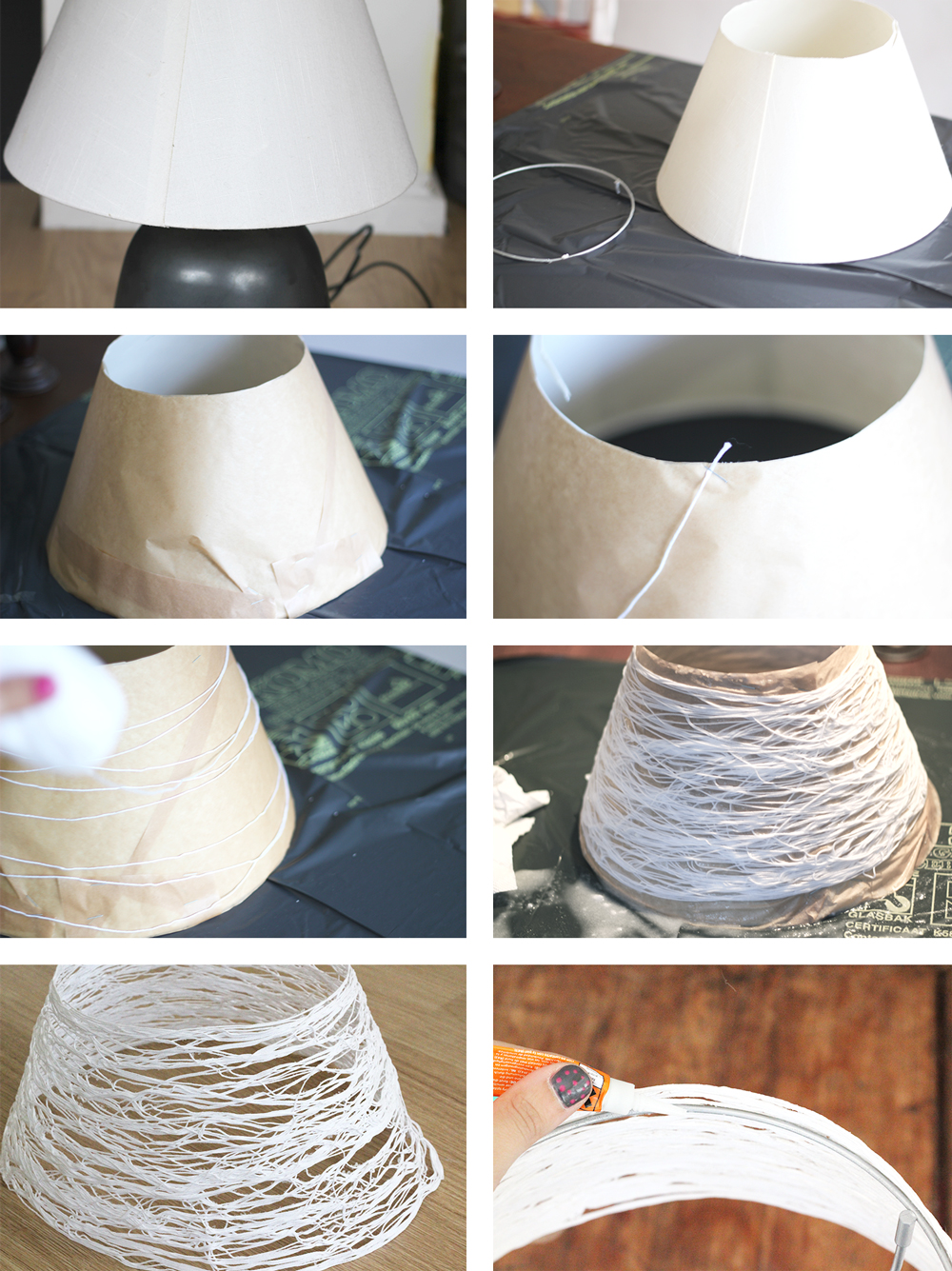




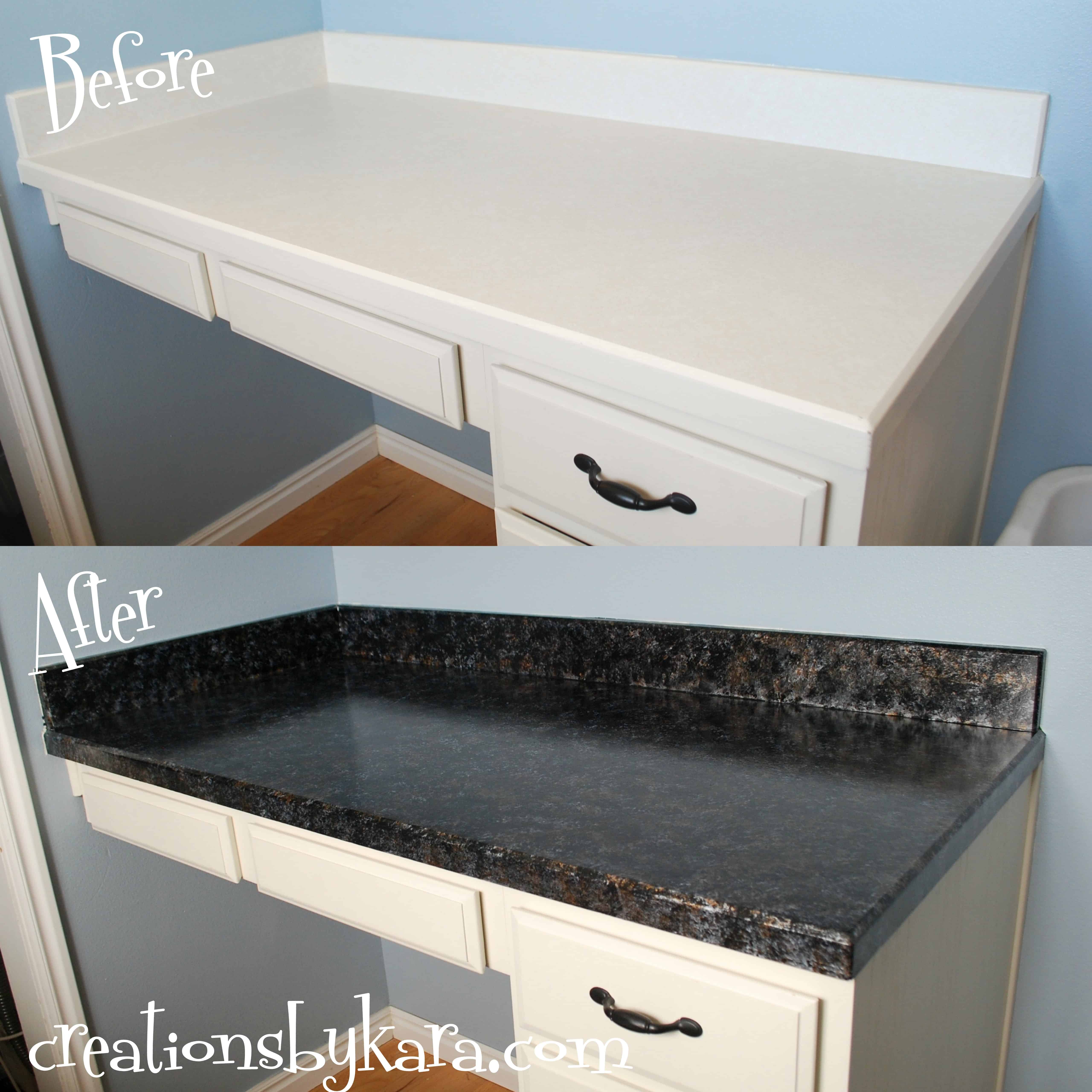






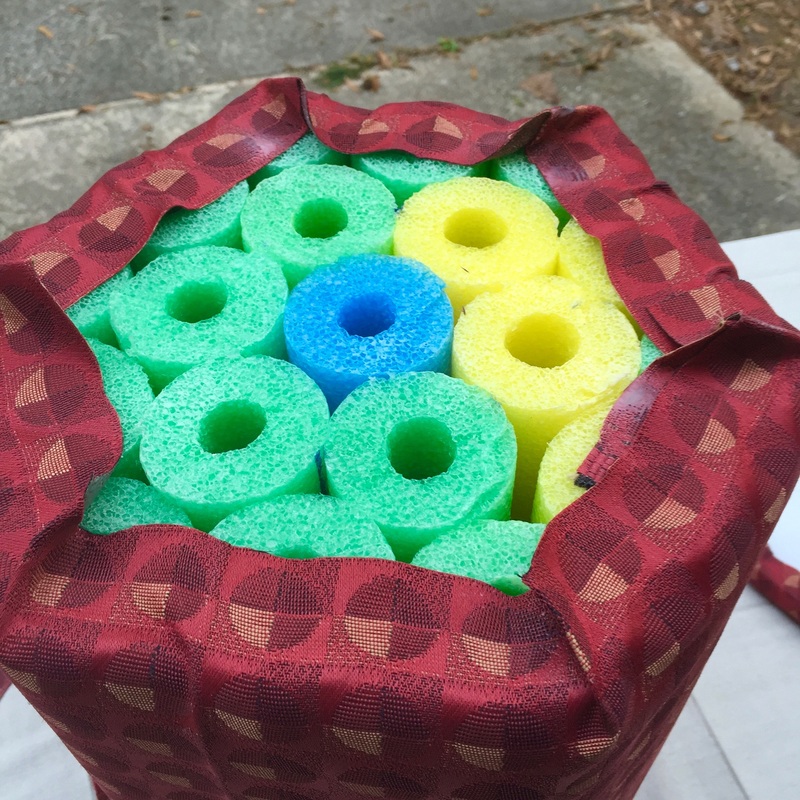
:max_bytes(150000):strip_icc()/general-189f6e125f4542a9b8a0a092f89c2598.jpeg)





